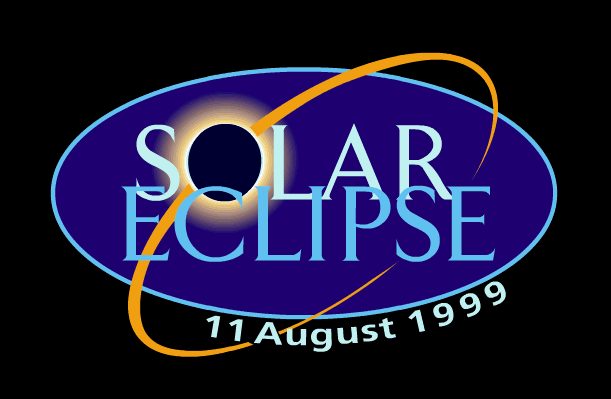| Radio Band |
Also known as |
Frequency |
How do the radio waves travel |
Used for |
| VLF |
Very Low Frequency |
|
3 - 30 Hz |
Radio waves bounce between the ground and the ionosphere like in "wave
guide". Global coverage. |
Global communications, Navigation, Standard Frequency and time signals |
| LF |
Low Frequency |
Long Wave |
30 - 300 kHz |
Wave guide and "direct" Ground wave. Global coverage. |
Maritime communications |
| MF |
Medium Frequency |
Medium Wave |
300 - 3000 kHz |
Ground wave during the day but E layer ionospheric reflection
at night. International coverage. |
Medium Wave or AM broadcasting stations, Maritime, Aeronautical,
communications,. |
| HF |
High Frequency |
Short Wave |
3 - 30 MHz |
Reflection from the "E" and "F" layers of the ionosphere. Global
coverage. |
International broadcasting (such as BBC World Service), radio amateurs,
Maritime and aeronautical communications. |
| VHF |
Very High Frequency |
|
30 - 300 MHz |
Line-of-sight communication multiple repeater stations for needed for
national coverage. |
Television, FM Broadcasting, Police, ambulance services |
| UHF |
Ultra High frequency |
|
300 - 3000 MHz |
Short range line-of-sight |
Cellular phones, Space communications, television, Navigation, radar. |
 Radio
bands
Radio
bands Radio
bands
Radio
bands